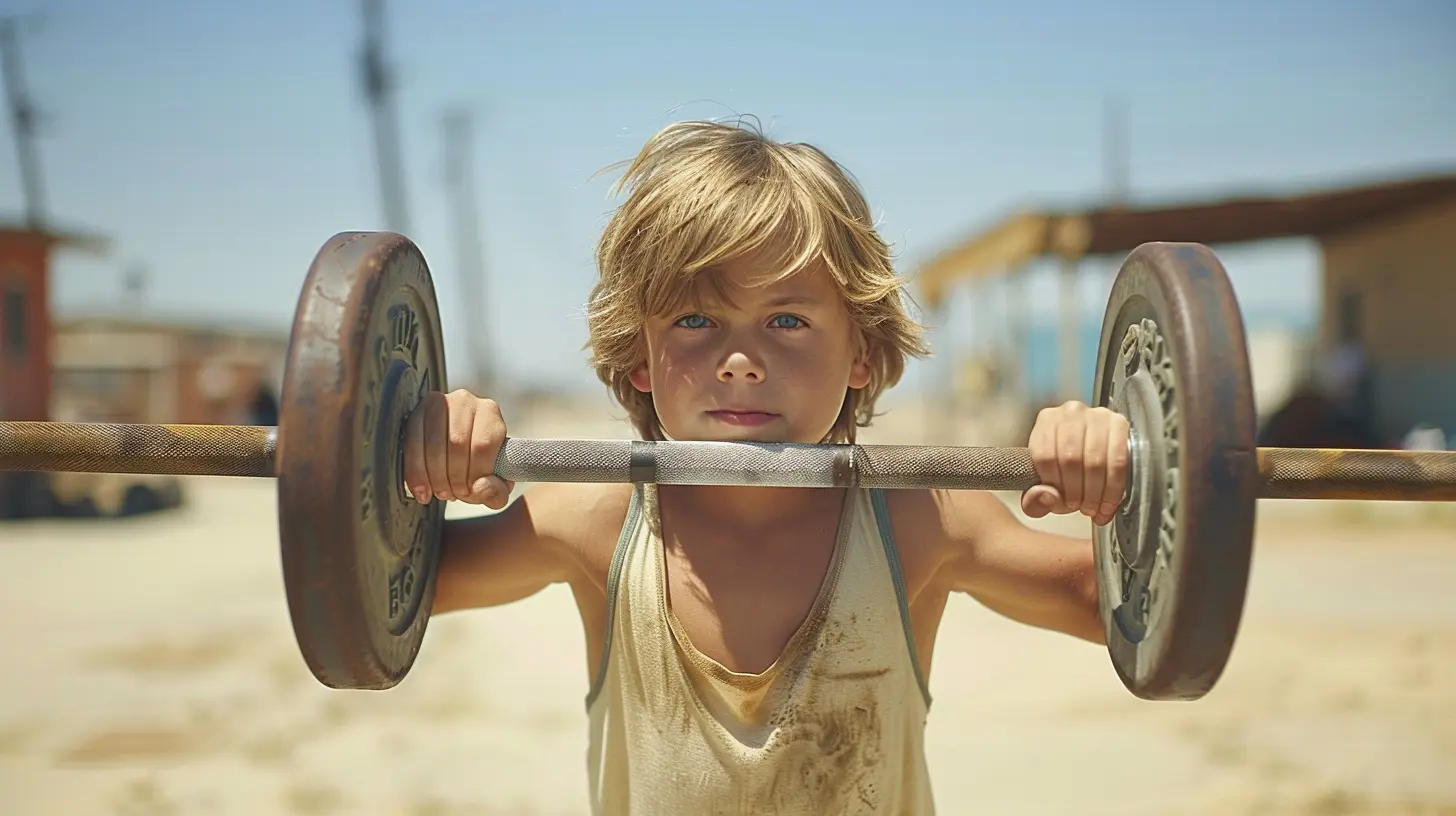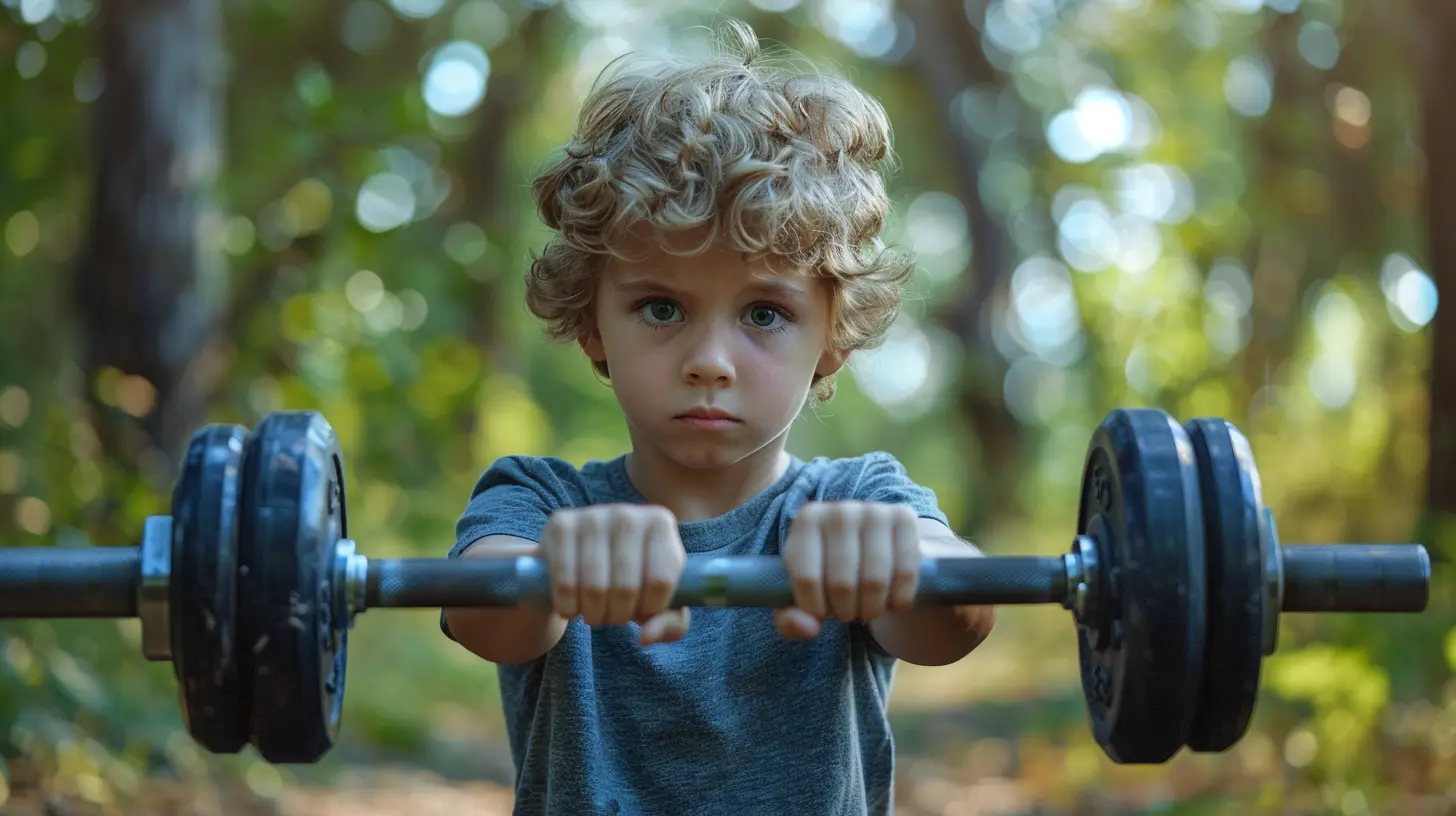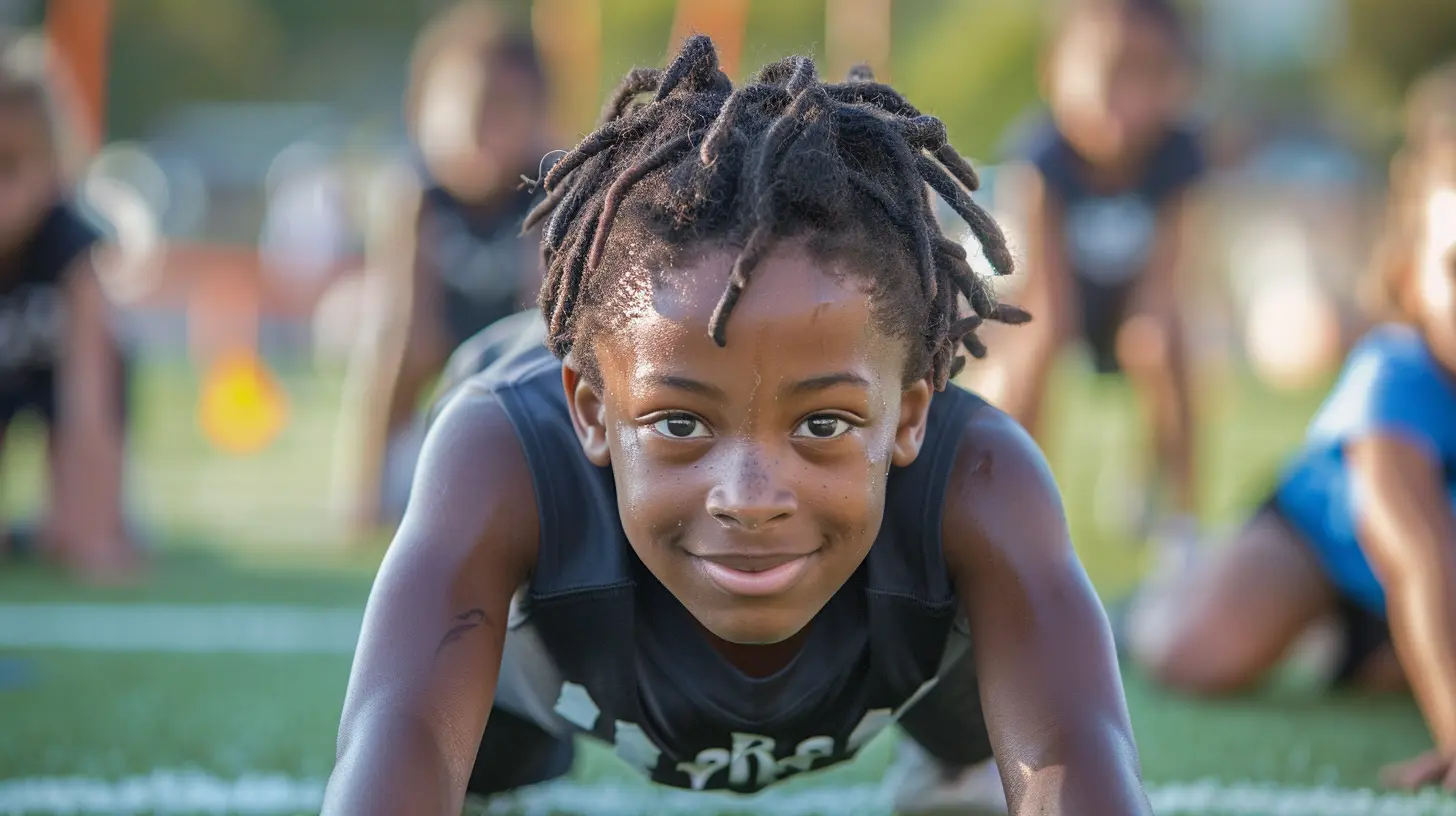Strength Training for Youth Athletes: Building a Strong Foundation
22 July 2025
Okay, let’s just rip this Band-Aid off — the myth that strength training for youth athletes is “dangerous” or “bad for growth plates” needs to be buried next to flip phones and Blockbuster cards.
We're diving headfirst into the wild world of strength training for youth athletes — the good, the great, and the laughably misinformed. So, grab your whistle, your protein shake (kidding… kind of), and let’s unpack what building a strong foundation really looks like for the next generation of sports stars.
Table of Contents
1. Why Strength Training Isn’t Just for Grown-Ups2. The Benefits? Oh, You Mean All of Them
3. Strength Training ≠ Powerlifting Championships at Age 10
4. When Can Youth Athletes Start Strength Training?
5. The Golden Rules: How Youth Should Actually Train
6. Common Mistakes That Make Trainers Cringe
7. What a Sample Strength Training Program Might Look Like
8. Parental Panic Button: Should You Push It?
9. Coaches, This One’s for You
10. Wrap-Up: Foundations, Futures, and Flexing Responsibly

Why Strength Training Isn’t Just for Grown-Ups
Let’s be honest — when someone hears “strength training” and “kids” in the same sentence, they immediately picture an 8-year-old squatting a small car. Reality check: that’s not how it works.Strength training for youth athletes isn’t about bulking up like the Hulk. It’s about teaching movement patterns, improving coordination, correcting posture that’s been ruined by hours of Fortnite, and—bonus—building confidence before puberty turns emotions into a full-on rollercoaster ride.
The Benefits? Oh, You Mean All of Them
If you’re wondering whether strength training has something to offer young athletes, short answer: Yep. Long answer? Let’s get into it.⚡ Improved Performance
Faster sprints, higher jumps, better balance. So yeah, small potatoes.🧠 Better Neuromuscular Control
Basically, their brain gets smarter about how to move their body — think of it as Wi-Fi for your muscles, but with no annoying buffering.🦵 Injury Prevention
You’re telling me you’d rather have junior tearing an ACL at 14 than doing some bodyweight lunges now? Bold choice.💪 Builds Habits That Last
This one's sneaky good. Kids who strength train early tend to continue training into adulthood. That’s right — no more “Dad bod” jokes, just "strong parent energy."
Strength Training ≠ Powerlifting Championships at Age 10
Before anyone tries to enroll their 10-year-old in a deadlift competition, let’s get this out of the way: children do not need to lift heavy weights to strength train.We're talking about resistance — and resistance can mean body weight, resistance bands, medicine balls, or, if you’re feeling wild, a gallon of milk.
The goal isn’t to create miniature bodybuilders. It’s to build solid movement, strength, and, really, a bit of pride in what their bodies can do — not just what they look like.
When Can Youth Athletes Start Strength Training?
Right now, someone is clutching their pearls. “But what age is safe?!” Easy there, Shakespeare. According to literally every reputable sports science group, children can begin strength training when they’re emotionally mature enough to follow instructions — usually around age 7 or 8.That’s not a golden ticket to CrossFit Kids. It’s a green light for properly supervised, progressive training.
So yes, if they can focus during dodgeball and tie their own shoes without chaos, they’re probably ready.
The Golden Rules: How Youth Should Actually Train
Now we’re getting to the meat and sweet-potatoes of it. Here’s how you turn that pre-teen energy tornado into a structured, safe, strong little athlete:Keep It Simple, Silly
Ever heard of KISS? Keep It Simple, Silly. Don’t throw in complex lifts that would make elite lifters sweat. Stick with bodyweight squats, lunges, push-ups, planks, and maybe goblet squats with light dumbbells once they’re ready.Focus on Form, Not Flex
There’s no point in going heavy if it looks like they’re trying to wrestle a ghost. Nail the movement patterns first. Then — and only then — consider tacking on weight.Prioritize Variety and Fun
Let’s not act like kids have the attention span of a monk. Rotate exercises, gamify their workouts, and — wild idea — let them enjoy it.Common Mistakes That Make Trainers Cringe
Let’s talk about what not to do. Because nothing ruins a promising young career like bad advice and worse programming.❌ Going Too Heavy, Too Soon
Little Jimmy doesn’t need to max out his deadlift. He’s 9. Calm down.❌ The "One-Size-Fits-All Program"
Kids grow at different rates, mentally and physically. What works for one might break another.❌ Skipping the Warm-Up
Would you start a car at -20°F and floor it? Then why are you asking juniors to sprint without warming up?What a Sample Strength Training Program Might Look Like
We love a good visual, right? Here's what a simple, 2-day youth strength program could look like:🏋️♂️ Day 1: Lower Body Focus
- Bodyweight Squats – 3x12- Glute Bridges – 3x10
- Wall Sits – 2 rounds of 30 seconds
- Calf Raises – 3x15
- Balance Drills (one leg) – 3x30 seconds per leg
🤸 Day 2: Upper Body & Core
- Push-Ups (regular or on knees) – 3x8- Resistance Band Rows – 3x10
- Plank Hold – 3x20 seconds
- Superman Hold – 3x30 seconds
- Medicine Ball Slams (light ball) – 2x10
Notice the operative word here: simple. This is about movement mastery, not muscle milestones.
Parental Panic Button: Should You Push It?
Only if your kid is training like a Navy Seal before recess. Otherwise, strength training is incredible when programmed correctly.Worried about stunted growth? Yeah, about that… there's zero credible scientific evidence linking strength training to growth issues when done safely. The true growth-stun culprits? Overuse injuries and poor coaching. So don’t go blaming squats.
Coaches, This One’s for You
Listen, you're basically sculptors of human potential. No pressure. But if you're coaching youth athletes, this is your time to shine (and not mess it up). Here's your cheat code:📌 Tips for Coaches
- Start each session with a dynamic warm-up- Demonstrate every movement
- Give feedback — and praise like it’s Black Friday
- Progress only when the form is flawless
- Keep sessions short, sweet, and structured (30-45 mins tops)
Remember, your goal isn’t to create mascots for protein powder brands. It’s to develop versatile, athletic, confident kids who won’t tear a muscle tying their shoelaces.
Wrap-Up: Foundations, Futures, and Flexing Responsibly
So, here’s what we’ve learned. Youth strength training isn’t some underground sport for future Olympians or a fast track to injury-ville.It’s about building a strong foundation — physically, mentally, and emotionally — through age-appropriate exercises that set your young athletes up for long-term performance success, and yes, fewer awkward gym class injuries.
Are we saying every kid should squat before they skip? No. But we are saying that with the right approach, strength training is a total game-changer — even if they’re still mastering long division and shoelaces.
Now go forth, encourage your kiddos to lift (safely), laugh at the myths, and let’s raise a generation of athletes who not only play hard but train smart.
all images in this post were generated using AI tools
Category:
Strength TrainingAuthor:

Easton Simmons
Discussion
rate this article
1 comments
Zinnia Cooper
Great article! Strength training is essential for youth athletes to develop both physically and mentally. Building a strong foundation not only improves performance but also helps prevent injuries. Encouraging young athletes to embrace strength training will set them up for long-term success in their sports journey!
August 16, 2025 at 2:39 AM

Easton Simmons
Thank you! I completely agree—strength training is vital for youth athletes, fostering both physical development and mental resilience. Your support of this message is appreciated!
![The Art of Defense: How [Player Name] Became an Elite Stopper](/pictures/blog/small/the-art-of-defense-how-player-name-became-an-elite-stopper_2.webp)

